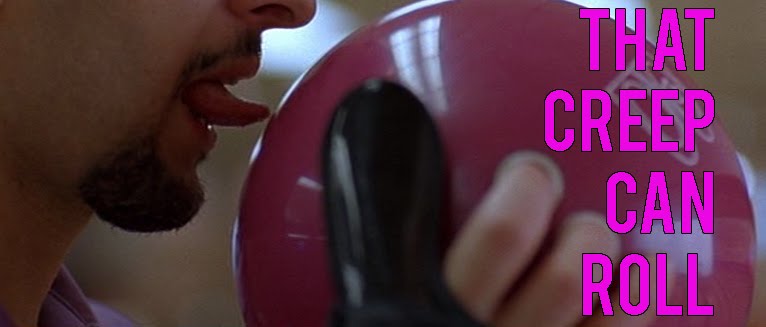Simmering tensions and questions of honour enshroud a group
of Iranian friends and their young families as they visit a villa by the sea. The
eponymous Elly (Taraneh Alidoosti), one of the children’s teachers and friend of
central female figure Sepideh (Golshifteh Farahani), is invited along with the
group as a potential suitor for one of their number but things fall apart when
she disappears during a flurry of potentially fatal activity.
What begins relatively sedately gradually shifts to
something more uneasy. Suspense is ratcheted up little by little as more
revelations about the missing woman, and her acquaintances, come to light. By
the time of the third act it is heart in mouth stuff. The sense of unease
created through characterisation alone is palpable.
Accusation and apportioning of blame is the focus of much of
what transpires but, as all that is happening, human frailty is exposed. It
never explodes in the way that you might expect. Guilt manifests in various
guises with each character choosing to cope in a different way. The ensemble
seems all-encompassing while never seeming artificially forced together to
satisfy a need for different types.
While not a thriller in a traditional sense, it has enough
of those elements to make it thrilling. It has more to say about domestic life
in Iran than it does the story of a missing person. Featuring some of the cast
from Asghar Farhadi's later work, A Separation, the performances are all
pitched at exactly the right balance of natural and heightened.
The dynamics between the different couples which make up the
party are fascinatingly rendered. The interplay among, and between, couples can
swivel at a moment’s notice. Where you might expect the female characters to
languish among such strong male interaction, their characters are forcefully
well realised. No one sex is more culpable than another when it comes to the
problems encountered but the gender balance comes into play in enthralling
ways.
Farhadi is proving himself a force in world cinema capable
of telling intense human stories with a minimum of fuss and scarcely a frame
wasted in telling the emotional story behind the events.
Overcast skies and expressionistically colourless vistas
aren’t maybe what you’d associate with a Persian landscape but they’re used to
great effect here from the moment the film’s pivotal event takes place. The
cinematography has a satisfyingly loose style that fits the flux of the action
and is ramped up when needed, most notably during an anxious rescue.
It's rich and textured in a completely unhurried way and for
those unfamiliar with the inner workings of Iranian society it's a fascinating
insight. Emotionally mature and occasionally agonising, it's a work of quiet
tragedy that rarely sets a foot wrong.
★★★★★







